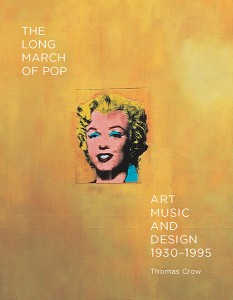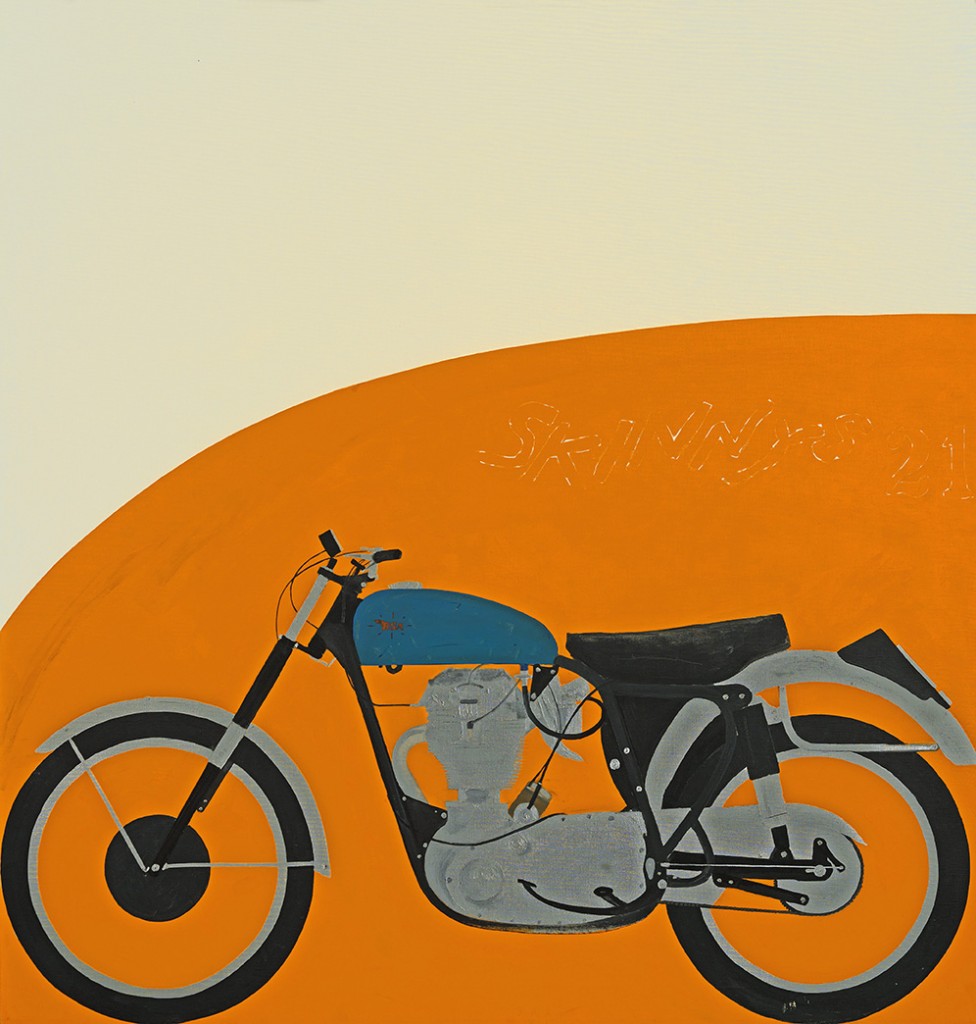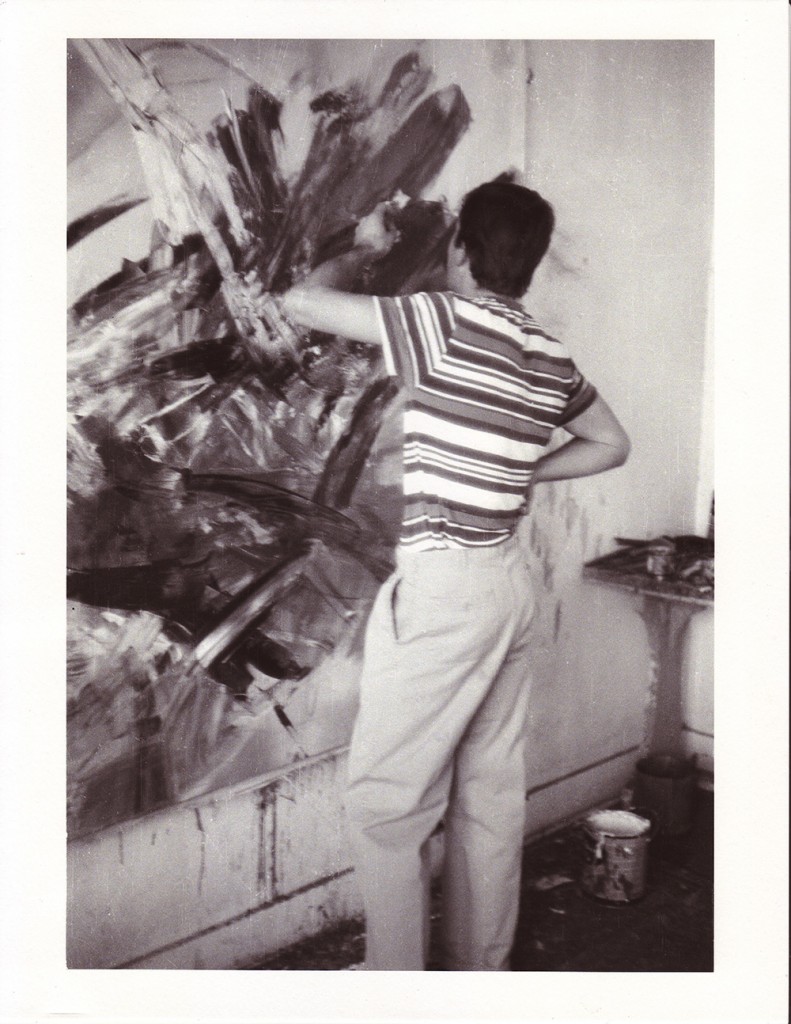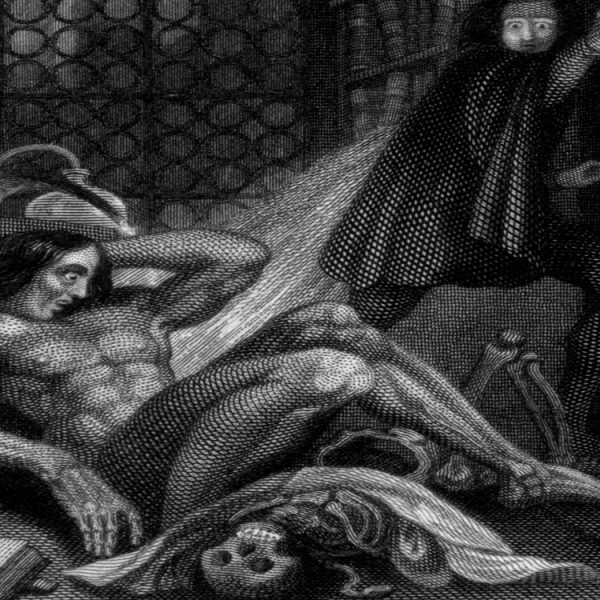Sneak Peek: The Long March of Pop
 We are very excited to publish, this October, a new work by eminent art historian and art critic Thomas Crow. The paradigm-changing book challenges existing narratives about the rise of Pop Art by situating it within larger cultural tides. Today, we share with you an excerpt from the forthcoming book, with a brief note of introduction by Professor Crow.
We are very excited to publish, this October, a new work by eminent art historian and art critic Thomas Crow. The paradigm-changing book challenges existing narratives about the rise of Pop Art by situating it within larger cultural tides. Today, we share with you an excerpt from the forthcoming book, with a brief note of introduction by Professor Crow.
Thomas Crow—
Los Angeles in the early 1960s provides a particularly intense case of the two-way interchange between fine art and so-called popular or vernacular culture. Those on the popular side frequently possessed expertise and enjoyed prestige that artists envied. Billy Al Bengston and Robert Irwin possessed standing in both realms but struggled to avoid simplistic correspondences between the two as they crafted their complementary approaches to art.
By the late 1950s, American artist Billy Al Bengston’s most active engagement lay with motorcycles. Lacking a cushion of television residuals that had sustained him earlier, Bengston from around 1959 both worked in a shop and began to enter races for prize money on the dirt circuit at Ascot Park Raceway in Gardena (hard by Lakewood), known for its hair-raising figure-eight layout. Finding himself unprepared in 1961 when offered a last-minute slot for a Ferus Gallery show by Irving Blum, he recalls, “I had to show some kind of work, but there was nothing else I knew. My frame of reference was too narrow. . . . I knew my motorcycles. I knew surfboards, that’s it. And my motorcycle had a lot of parts, and I worked on it all the time, so I painted the parts of my motorcycle.”22
That particular model, the BSA Gold Star 21-cubic-inch, also happened to be the fastest production motorcycle of its class. Bengston worked up ten paintings of his prized bike’s components in thinly applied oil paint on canvases of uniform size, supplemented by an emblazoned emblem of its trademark: B[ritish] S[mall] A[rms] and an engineer’s profile view of the whole. However, he found this quick and direct application of subcultural expertise to fine art distinctly unsatisfactory: “There was nothing to doing those – draw it in, do a little fudging around, and you got a painting.” “But,” he demurs, “one month out of my life.”23 A tribute from the biking community in the form of a feature in Motorcyclist magazine (which noted with pleasure that the actual motorcycle had been installed in the gallery) would only have underlined the secondary, illustrational character of the suite.24

Skinny’s 21, 1961 © Billy Al Bengston, Courtesy of the artist
There remained a debilitating mismatch between the representational stand-in for a charismatic motor vehicle and the real thing, that is, when there were powerfully aesthetic examples of the latter in the vicinity – even if few were calling them art. In the same year as Bengston’s BSA exhibition, 1961, a minor situation-comedy actor and former child star named Tommy Ivo, whose primary occupation lay in building and driving drag racers, unveiled his consummate creation. Over each of its four massive slick tires he mounted a separate engine: a “Nailhead” Buick V8, so called by hot-rodders for its thin, vertical valves. Although discontinued in 1956, no other Detroit motor had the ruggedness and above all the look – narrow cross-section and straight up and down rocker covers – that “TV Tommy” wanted for his masterpiece.
The quad “Showboat,” engines and pipes chromed to the hilt, slicks on both front and rear wheels, embodied a concept of maximum power and acceleration as a work of sculpture more than it succeeded as a work of engineering.25 The elevation of cars to do-it-yourself aesthetic showpieces had been for many years a feature of Chicano life on the city’s East Side, while the consummate customizers Sam and George Barris had been active since 1951 in the automotive enclave of Bell and Lynwood, inner suburbs near the car and tire factories south of downtown, resculpting Detroit sedans into monumental volumes set off by deep lacquered finishes.26
Robert Irwin, who came of age in the same southern suburbs during the 1940s, had been himself a custom-car enthusiast, as well as being, like Wallace Berman, a competitive dancer, motoring in his youth from one jitter-bug or lindy-hop contest to the next: “Monday was the Jungle Club in Inglewood, Tuesday was the Dollhouse out in the Valley, Wednesday was in Compton, Thursday in Torrance, Friday in Huntington Park.”27 The photographer Marvin Silver induced Irwin to display some jitterbugging in his pristine studio in 1962, austere abstract canvas in the background: “He still talks,” says a friend, “of a unique shoulder twist he employed when attempting to take flight on the dance floor.”28
For both Bengston and Irwin, art had to compete in grace and intensity with these other components of their lives.29 Irwin tells the story of critic Max Kozloff visiting from New York in the mid-1960s. Upset at the thought that Bengston raced motorcycles, “this critic just dismissed that out of hand as a superficial suicidal self-indulgence.” As a reply in the form of an object lesson, Irwin drove Kozloff out to the San Fernando Valley to see a hot rod that he had found advertised for sale. The car on offer was a beauty, a 1932 Ford roadster (the little deuce coupe of legend), Irwin reports, but his attention turned with even more enthusiasm to another Ford hot rod still in process on the shop floor: “here was this ‘29 completely dismantled, I mean completely apart, and the kid was making decisions . . . all kind of things that no one would ever know or see unless they were truly sophisticated in that area.” To Irwin’s mind,“you couldn’t talk about a more real aesthetic activity than what he was doing, how he was carefully weighing: what should be the attitude of this whole thing? . . . What was the relationship in terms of its machinery,its social bearing . . . the aesthetics of how the thing should look? It was a perfect example.”The critic (renowned for his “gum chewers, bobby soxers, and delinquents” insult to the Pop sensibility) ran true to form, vehemently refusing to take the point: “Not important, unreal, untrue, doesn’t happen, doesn’t exist,” as Irwin sums up Kozloff’s side of the argument on the ride back: “So I finally just stopped the car and made him get out . . . just drove off. Said ‘See you later, Max.’”30
For all of the depth of their subcultural commitments, neither Irwin nor Bengston were naïve about the difficulties of putting a painting in conversation with a dance craze, a surfboard or a lacquered motor vehicle, yet have it be distinct within its own fine-art sphere, distinct enough to challenge any art being made anywhere. The relationship between the two artists as aesthetic interlocutors parallels in many ways the one that existed at the same moment between Robert Indiana and Ellsworth Kelly. As the New York pair agreed on a hard-edge approach to oil on canvas, their Los Angeles counterparts emerged from their Abstract Expressionist phase (where Bengston had been the leader) to agree that their paintings needed to eliminate unnecessary volume in favor of some kind of perceptual membrane. And each pairing came to a similar estrangement. Where Kelly continued to believe that shape and color were all he required, Indiana needed the friction of language. Where Irwin kept moving in the direction of greater and greater parsimony of sensory stimuli, Bengston linked the idea of painting as membrane to the skins of other well-designed and well-crafted objects in his vicinity. As those vernacular vehicles came encased in arrestingly variegated veneers, a painting in their spirit would be nothing but veneer, which nonetheless possessed emphatic physical strength and durability combined with figurative vividness.

Billy Al Bengston’s studio at Clark Street and Santa Monica Boulevard in Los Angeles, 1957 © Billy Al Bengston, Courtesy of the artist
Marvin Silver photographed Bengston in 1963 in his studio polishing the surface of a painting, the import of that action in flat contradiction to the look-but-don’t-touch expectation of a fragile, inviolate painted surface – and a world away from the fledgling artist he had been six years before, caught in a 1957 photograph studiously accumulating abstract brushstrokes on canvas (in that picture, the geometric pattern on his shirt is ultimately more interesting than the painting). “I loved painting tanks and stuff like that. I mean we’d go out and race these things and they’re out in the elements for years and they hold up fine. You get an oil painting and you’re lucky if you get six months before it starts cracking. So this has got to be a better surface.”31
James Rosenquist might well have come to a similar pass had he opted for the West Coast rather than the East, based on his youthful infatuation with Los Angeles – “I’ll come out here and customize a car and go surfing” – as well as the passion behind his hitchhiking to Daytona Beach for the motorcycle racing. As it was, both he and Bengston derived from their differing craft skills an impatience with the poor, impermanent workmanship widely tolerated, if not encouraged, in the fine arts. Both lit on the same phrase to describe an adequate standard: a painting should be “built to last.”

























